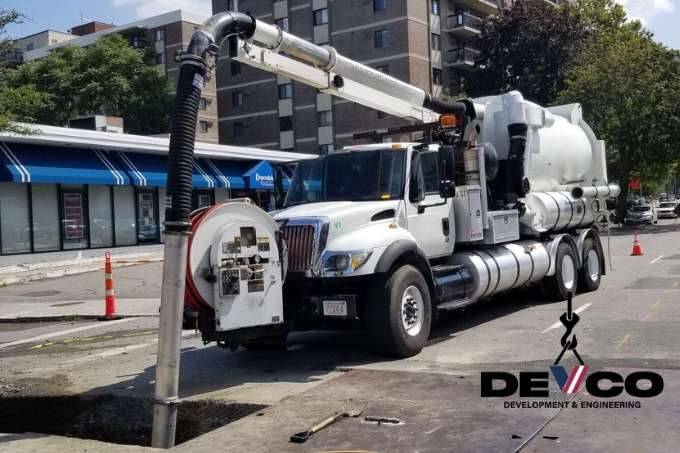Understanding Potholing and Daylighting in Hydro Excavation

Potholing and daylighting are critical techniques in hydro excavation, offering precise methods for uncovering underground utilities. This article delves into these practices, showcasing their importance in the field of modern excavation.
What are Potholing and Daylighting?
Potholing, also known as daylighting, is the process of making small exploratory holes to expose underground facilities. This is crucial for projects requiring precise location of utilities like gas, water, and telecommunication lines to avoid accidental damages.
The Role of Hydro Excavation
Hydro excavation offers a non-destructive approach to potholing and daylighting. By using high-pressure water to break up soil and a vacuum to remove debris, this method ensures minimal disturbance to the surrounding area and accurately exposes underground utilities.
Benefits of Hydro Excavation in Potholing and Daylighting
- Precision: Hydro excavation offers unmatched accuracy, reducing the risk of damaging utilities.
- Safety: This method enhances worker safety, minimizing the chances of accidents caused by striking underground utilities.
- Efficiency: Speeds up the process of utility location and verification, facilitating faster project completion.
Applications in Construction and Engineering
Potholing and daylighting are essential in various stages of construction and engineering projects, especially in urban areas with dense underground utility networks. Their application is vital for planning and executing construction tasks while ensuring public and site safety.
Conclusion
Understanding potholing and daylighting in the context of hydro excavation underscores the evolution of excavation techniques towards safer, more efficient methods. These techniques represent the industry’s move towards smarter, less invasive, and more responsible construction practices.
To gain more insight into hydro excavation, visit “Understanding Hydro Excavation.” For a broader perspective, explore “Advantages of Hydro Excavation Over Traditional Methods.” Continue your journey with our next article, “The Role of Slot Trenching in Hydro Excavation.”
Hydro Excavation Blog Series Navigation
- Understanding Hydro Excavation
- The Evolution of Hydro Excavation
- Advantages of Hydro Excavation Over Traditional Methods
- Understanding Potholing and Daylighting
- The Role of Slot Trenching in Hydro Excavation
- Debris Removal through Hydro Excavation
- Safely Exposing Utilities with Hydro Excavation
- Efficiency of Piling Hole Excavation in Hydro Excavation
- Cold Weather Digging with Hydro Excavation
- Remote Digging Capabilities of Hydro Excavation
- Environmental Considerations in Hydro Excavation
- Advanced Technologies in Hydro Excavation
- Applications of Hydro Excavation in Various Industries
- The Future of Hydro Excavation

